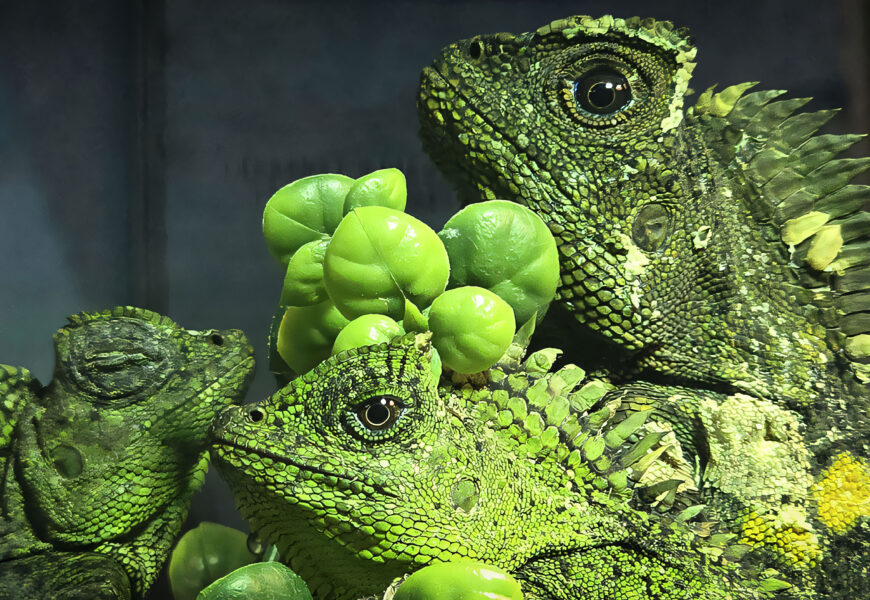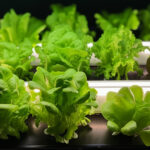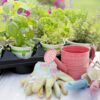Creating a bioactive vivarium isn’t just about housing your pets – it’s about crafting a living piece of nature that thrives right in your home. These miniature ecosystems are becoming increasingly popular among reptile enthusiasts and plant lovers, offering a sustainable and beautiful environment that essentially maintains itself.
What Makes a Vivarium Bioactive?
A bioactive vivarium is more than just a terrarium with plants. It’s a self-sustaining ecosystem where plants, beneficial bacteria, and minor cleanup crews work together to break down waste and maintain a healthy environment. The key to success lies in choosing the right plants to survive and thrive in these unique conditions.

Best Plants for Your Bioactive Setup
Ground Cover Plants
- Pillow Moss (Leucobryum glaucum): Creates a soft, verdant carpet that helps maintain humidity and provides coverage for cleanup crews. This hardy moss adapts well to various conditions and helps prevent soil compaction.
- Baby Tears (Soleirolia soleirolii): Forms a dense, delicate-looking mat that’s surprisingly tough. Perfect for creating natural-looking undergrowth that helps maintain soil moisture.
Mid-Level Plants
- Pothos (Epipremnum aureum): A classic choice for good reason. These adaptable plants can climb or trail, and their robust root system helps maintain soil structure. They’re also excellent at removing toxins from the air.
- Peperomia varieties: These compact plants come in various textures and colors, perfect for adding visual interest without overwhelming your space. They’re particularly good at handling the higher humidity levels common in vivariums.
Vertical Space Plants
- Ficus pumila: This climbing vine creates beautiful natural backgrounds and can be trained to grow exactly where you want it. Its small leaves maintain proportion in your miniature ecosystem.
- Bromeliads: These stunning plants not only add vertical interest but also create natural water reservoirs that benefit both plants and animals in your vivarium.
Creating the Perfect Environment
Success with bioactive vivariums depends on recreating natural conditions. Your plants need:
- Proper lighting (LED grow lights work well)
- Adequate drainage (use a quality drainage layer)
- Appropriate substrate mix (70% organic matter, 30% inorganic materials)
- Consistent humidity (65-80% for most tropical setups)
Maintenance Tips for Long-Term Success
While bioactive setups are primarily self-sustaining, some regular maintenance ensures optimal growth:
- Monitor humidity levels daily
- Trim plants when they outgrow their space
- Check drainage layers quarterly
- Replace UV bulbs annually
- Observe cleanup crew activity monthly
Common Challenges and Solutions
Even experienced gardeners can face challenges with bioactive setups. Here are solutions to common issues:
Problem: Yellowing leaves Solution: Often indicates either too much water or insufficient light. Adjust your drainage layer or lighting accordingly.
Problem: Slow plant growth Solution: Check your lighting spectrum and duration. Most vivarium plants need 12-14 hours of light daily.
Creating a bioactive vivarium is both an art and a science. The key is starting with the right plants and giving them time to establish. Remember, these miniature ecosystems are marathons, not sprints – patience will reward you with a stunning, living display that practically maintains itself.
When selecting plants, always consider their mature size and growth habits. It’s better to start with fewer, well-chosen specimens than to overcrowd your space. Your vivarium will naturally fill in, creating a more sustainable and beautiful environment.





